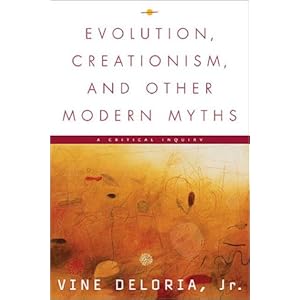McAlpine’s Men: Irish Stories from the Sites (2010) edited by Ultan Cowley
Rating: 




Britain owes a debt to the Irish navvy, the migrant labourer willing to do the back-breaking shovel work others baulked at. By the 1970’s there were over 200,000 of them. Nobody has done more to document their cause than the  author Ultan Cowley, who wrote the definitive book on the subject called The Men Who Built Britain: A History of the Irish Navvy (2001). The book stripped away decades of ignorance about the Irish navvy. It also forms a fitting memorial to a race of men whose contribution to British society, especially during the post-war construction boom years, has for too long been undervalued.
author Ultan Cowley, who wrote the definitive book on the subject called The Men Who Built Britain: A History of the Irish Navvy (2001). The book stripped away decades of ignorance about the Irish navvy. It also forms a fitting memorial to a race of men whose contribution to British society, especially during the post-war construction boom years, has for too long been undervalued.
The term ‘navvy’ originated with the building of the 18th century canals, the ‘inland navigation system’ in Britain. The diggers became known as ‘navigators’ or ‘navvies’. The pioneering construction methods of these canal builders were then adapted by the railway engineers and the excavators who, working on this new transport system, kept the name ‘navvies’.
Post-world war two, the new generation of Irish immigrants who worked on the construction of the motorways, hydro-electric schemes and other massive civil engineering works were given the same name. In this way, the word navvy became synonymous with Irish migrant labourers, the ‘heavy diggers’ who came to dominate the ground-works aspect of construction in Britain..








